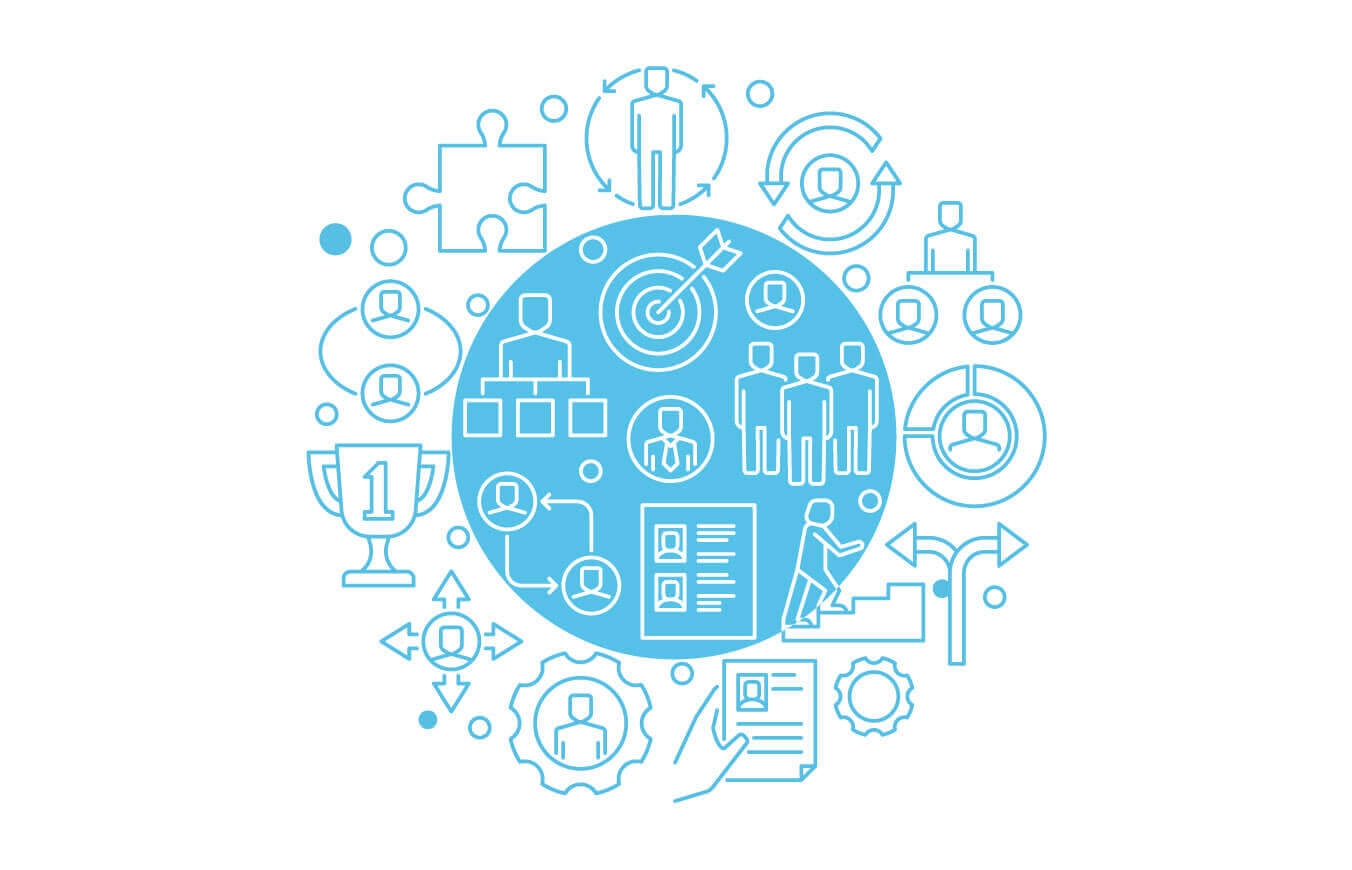More Than a Trend: What Is Employee Experience?
The ROI of Employee Experience
7 Employee Experience Principles
1. Communications and Connections
2. Recognition and Praise
3. Values-Based Culture and Purpose
4. Employee Growth and Learning
5. Employee Wellbeing and Support
6. Management Development and Performance Tracking
7. Employee Feedback and People-Data Analysis
Prioritizing Employee Experience Doesn’t Need to Be Complicated
